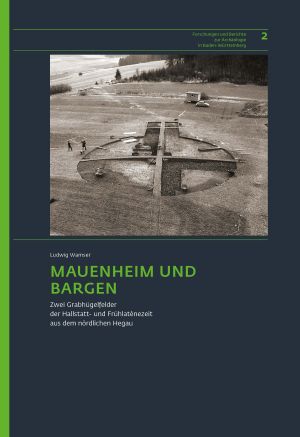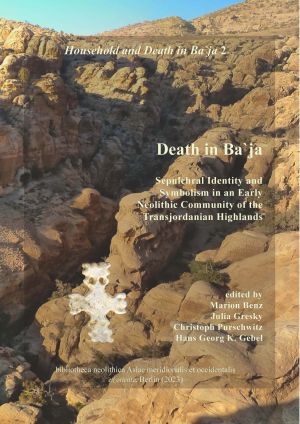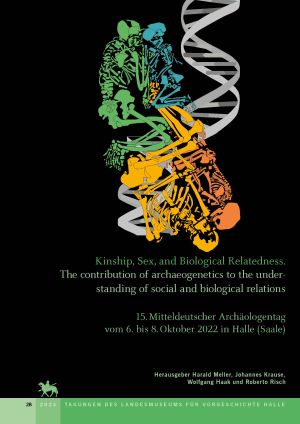Knipper, Corina
Mauenheim und Bargen: Zwei Grabhügelfelder der Hallstatt- und Frühlatènezeit aus dem nördlichen Hegau
The monograph deals with the Hallstatt cemetery of Immendingen-Mauenheim (district of Tuttlingen), which comprises 23 burial mounds and at least 10 small cremation graves between the mounds, and with the necropolis of Engen-Bargen (district of Constance), which consists of five tumuli. Both sites are located about 700 m apart in the northern Hegau, a few kilometres south of the Danube, between the Alps and the Black Forest. The study is based on a dissertation from the 1970s and is supplemented by new research devoted to specific finds and social and economic aspects. Animal grave goods from the tombs were analysed achaeozoologically. Anthropological studies of the skeletons from the Hallstatt period as well as research on mobility and nutritional status of humans and animals contribute to the reconstruction of Iron Age living conditions in south-western Germany.
Death inBa'ja: Sepulchral Identity and Symbolism in an Early Neolithic Community of the Transjordanian Highlands. Household and Death in Ba'ja 2
The publication Death in Baja presents for the first time a comprehensive account of the grave findings from the 9,000-year-old settlement of Baja in southern Jordan. It is the second volume of the final publication of the DFG Household and Death project. The unexpectedly lavishly decorated children graves shed new light on the late Pre-Pottery Neolithic period of the southern Levant. An empirical synthesis and archaeothanatological interpretation are provided before presenting the grave findings in detail, as well as eleven additional archaeological, analytical, and bioanthropological analyses and three contributions on the restoration of a unique necklace and on the reconstruction of the grave from which it came.
Kinship, Sex, and Biological Relatedness : The contribution of archaeogenetics to the understanding of social and biological relations
Relationships between people have always been the basis of social coexistence. Kinship – whether it is biological or social – has a very special significance. In archaeology, these immaterial connections have rarely been proven beyond doubt. In recent years, however, the field of archaeogenetics has developed methods and techniques that, given good DNA preservation, make it possible to determine the degree of genetic relatedness between two people who lived in the past.
The studies collected in this book, draw their knowledge on kinship from the fields of anthropology, archaeology, genetics, and the historical and social sciences. They demonstrate, on the basis of recent or previously known sites, which conclusions the new scientific insights allow on the one hand, but on the other hand also point out their limitations in the interpretation of (pre-)historic societies.









